Many of you will have spoken to Sherel, our Customer Support Lead and all round brilliant human. As well as being an invaluable part of the team at British Recycled Plastic, she and her partner, Dunc, run their own business – Moonfull – creating vegan wines and teaching their community about the joys of foraging for wild food.

Why eat wild food?
Going outside to harvest fruits and vegetables reaps major benefits from exercise to giving you a boost of vitamin D. For me, there is also the pure enjoyment of learning about the natural world around me. I love to grow in harmony with nature by making my own compost, sowing native seeds, and planting trees. Aside from growing my own produce in raised beds, I also choose to forage wild food. It’s a great way to appreciate seasonal change, connect with nature, unwind and, as an added bonus, it’s improved my home cooking skills tenfold.
Wild foods day is observed in the UK on 28th October. I’ll celebrate the abundance of wild food in the surrounding countryside with a forage and a feast with my partner Dunc. Foraging has become a part of our weekly routine, we host Free Foraging Experiences year round in Yorkshire. It’s also helped us connect with our community throughout the seasons and maintain a low-waste home. Some of our foraged foods are preserved in jars either dried, fermented or pickled which extends their shelf life for months. It’s great adding these to our diet, especially through the winter. We also use them as garnishes and snacks.

What is wild food?
Wild food is defined as any edible plant that grows spontaneously in self-sustaining populations outside cultivated areas, without human intervention and safe for human consumption. Wild food can be sustainably harvested from hedgerows, woodlands and the countryside but also in surprisingly urban places too, such as towpaths and local parks.
The majority of food found in the wild is nutritionally superior and has a lower carbon footprint than its supermarket counterpart. This free and organic wild food is as natural as it gets, packed with raw flavour and without irritating packaging. Some of the food I forage are seen by others as a troublesome weed like dandelion and nettle, others are invasive. Invasive plants are harmful to certain environments because they overcrowd our native species and reduce biodiversity. Removing and eating these species brings the ecological balance back and is a really sustainable way to increase nutrients in your diet.
Is it safe to eat wild food?
Anywhere you go, you’re never too far away from something to nibble on, it just takes some time to learn how to identify what is protected, inedible or even deadly poisonous. Foraging responsibly is in the best interest of us all and our planet. There’s heaps of information to get you started including articles, books and videos online.
Here’s some bits of information that you need to know about foraging for wild food to start enjoying its many benefits.
The 4 F’s of foraging, what are they?
They are Fruit, Flowers, Fungi and Foliage. In England and Wales you are free to forage in the wild so long as it is for personal consumption. However, it’s essential that you get the landowner’s permission to go onto private land.
A great plant to get started with foraging is nettle. Stinging nettles are known by the scientific name Urtica dioica and often simply called nettles. Nettle is a source of iron, calcium and vitamin A and vitamin C.
They have pointed leaves with toothed edges and tiny hairs on the underside and stem. The main lookalike that you could mistake nettles for is a member of the dead nettle family Lamium, which are also edible, but don’t sting.
Visit the Moonful website for more images and information on how to identify nettles. As always with foraging, be 100% sure that you make the correct identification.
A quick, low cost and nutritious recipe I like to make is Nettle Soup. Nettles are easy to identify and can be found year round although they’re tasiter in the spring. Avoid busy roadsides, dog walking areas and agricultural land that may be sprayed with harsh chemicals such as herbicides.
Wild food recipe – nettle soup
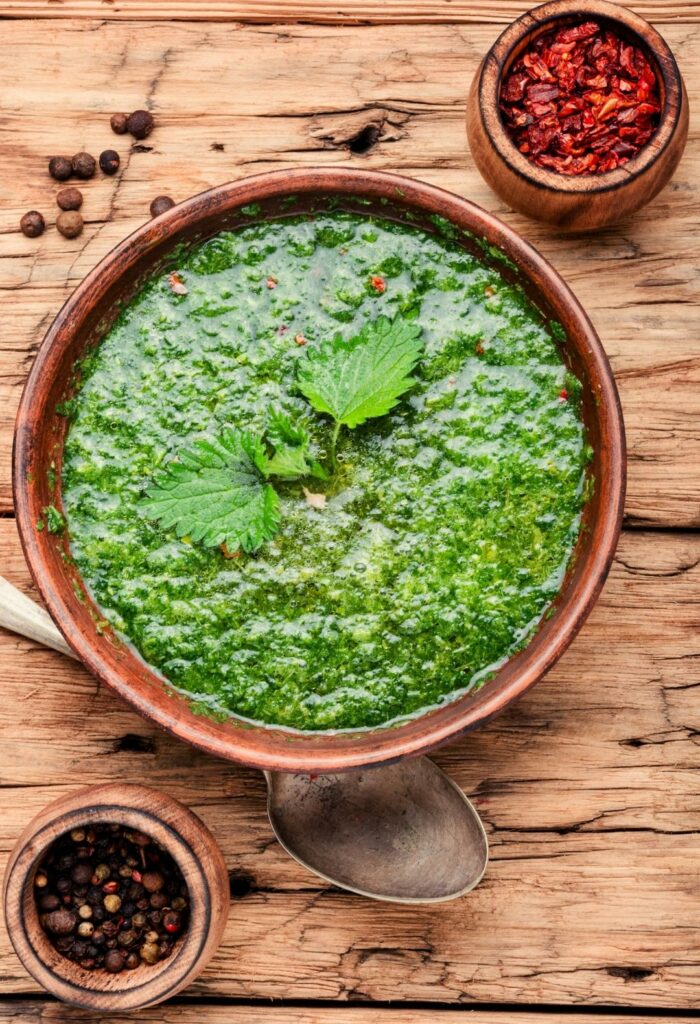
Wear gardening gloves whilst you pick, prepare and wash the nettle leaves thoroughly. Cooking nettle in any way for 5 minutes or more will disarm the sting.
INGREDIENTS
- 2 cups (50g) nettle leaves
- 1 tbsp olive oil
- 1 leek medium sliced finely
- 3 garlic cloves finely chopped
- 2 cups (300g) potato 2 medium potatoes diced
- 2 tsp vegetable stock
- 2 cups (500ml) water
INSTRUCTIONS
Whilst wearing gloves, prepare your nettles – remove any thick stalks and wash the leaves well.
In a saucepan, heat the olive oil, then add the chopped leek and garlic.
Fry for a few minutes until translucent.
Then add the diced potato, water and vegetable stock powder and stir.
Cover the pan with a lid, and let it simmer for 10 minutes.
Check the potato is soft, and then add the washed nettle leaves and cook for another minute until the leaves have wilted down.
Finally blend the soup until smooth. Salt and pepper to taste and serve with a drizzle of extra virgin oil and a sprinkle of seeds or toasted nuts.
For a thicker soup, add an extra potato. You can also use leftover potato if you have some that’s already been cooked.
Other veggies such as onion, carrot or celery can also be added. Chop them finely and add in just after the onions and garlic and lightly fry.
Thanks, Sherel! We love your wild energy and are constantly impressed by your knowledge and enthusiasm.
Our entire team at British Recycled Plastic are passionate about sustainability and the natural world. Read more about us, here.

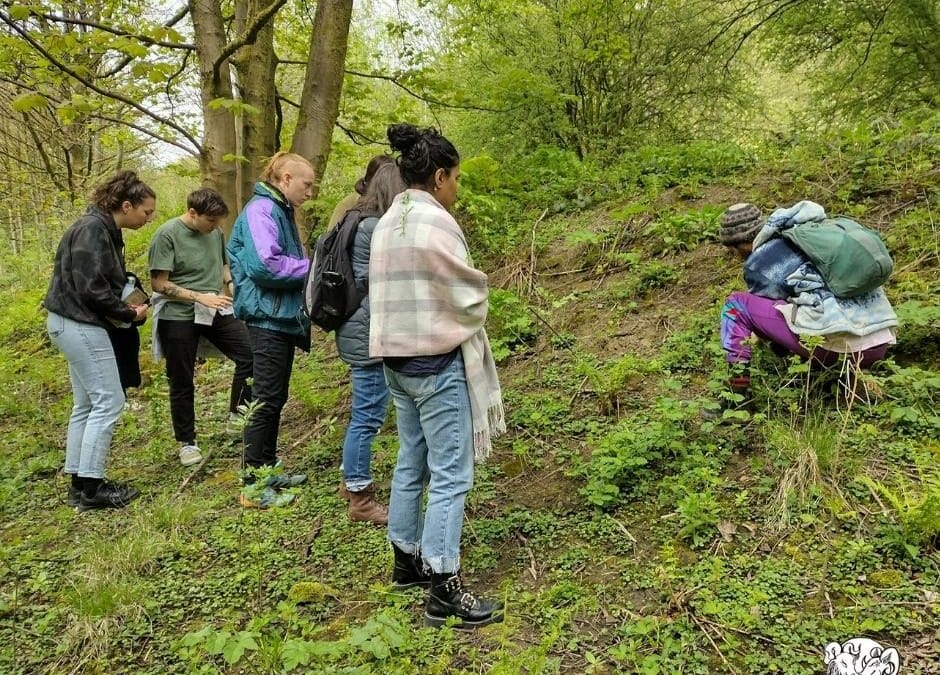
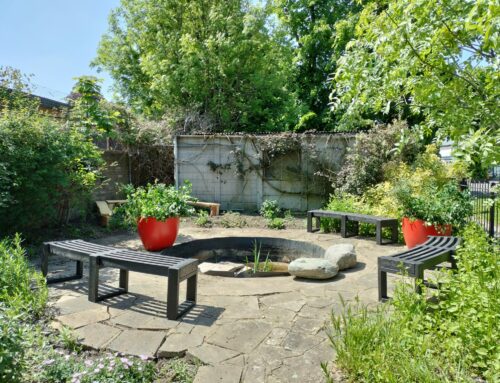


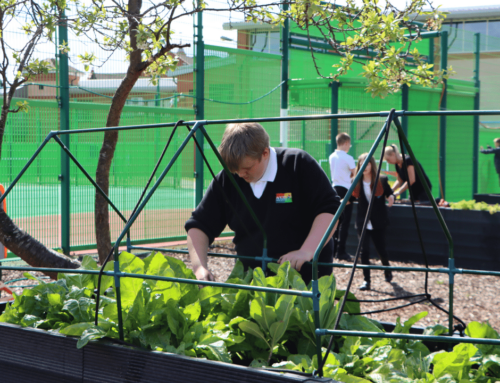





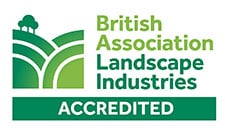


Leave A Comment
You must be logged in to post a comment.